
China
21:53, 28-Jun-2017
Protecting the Chinese white dolphin amid construction of HZMB megaproject
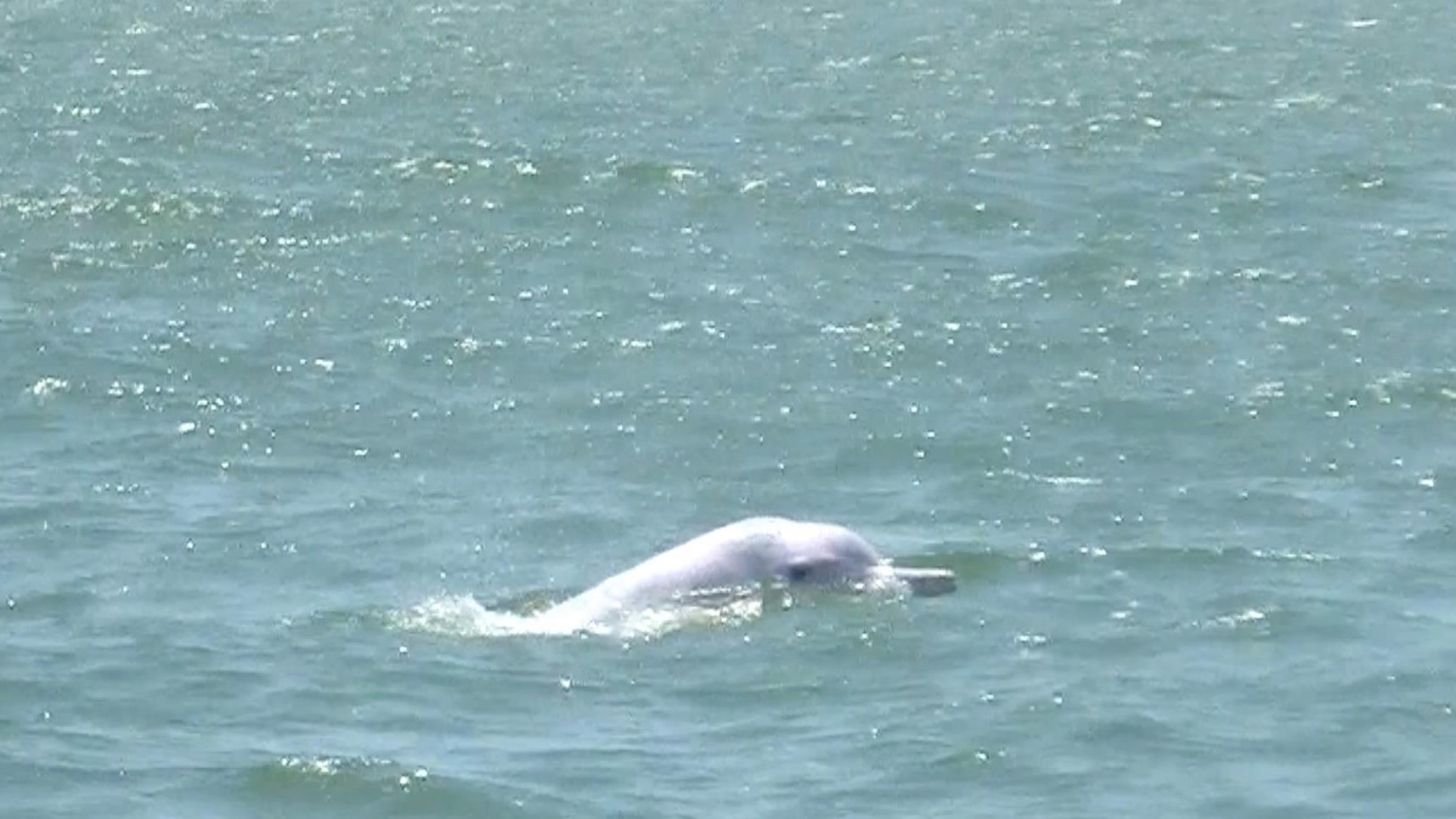
By CGTN's Zhu Qinliang
As China's economy develops, the country’s engineers are redefining what infrastructure development means in the 21st century. The latest evidence of this is the Hong Kong-Zhuhai-Macao Bridge (HZMB). As construction on the mega structure continues, it's important to note that environmental protection has been a major consideration throughout the project. One species in particular has been the subject of concern.
The Lingding Channel is home to an estimated 2,000 Indo-Pacific humpback dolphins (Sousa chinensis), more commonly known as the Chinese white dolphin. Uniquely, some of the dolphin population along the Chinese coast has pink skin. In 2003, the area was designated as a dolphin sanctuary.
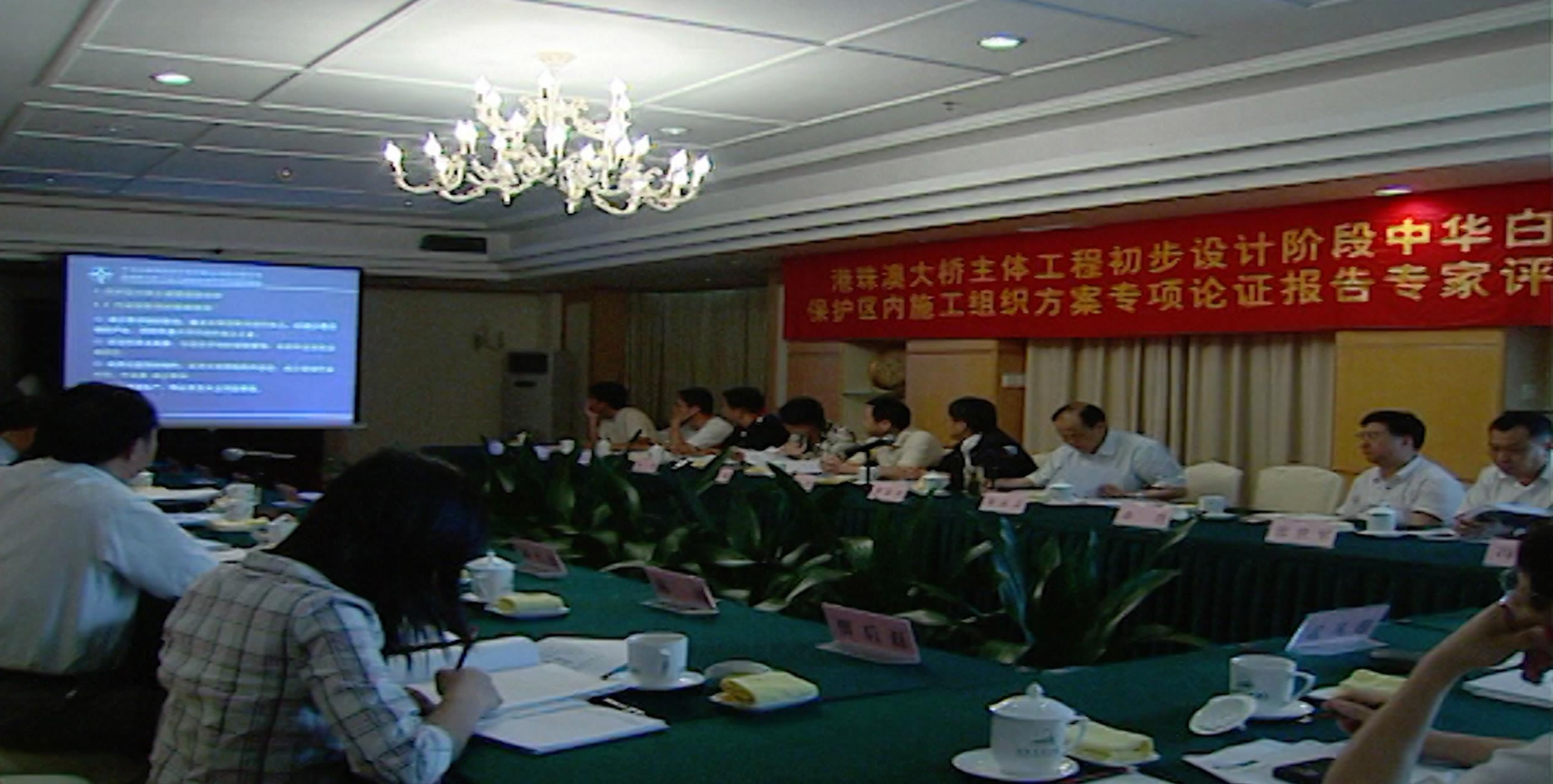
CGTN Photo
CGTN Photo
To ensure the protection of the species, the Chinese white dolphin conservation project was launched. Alignments and locations of the HZMB were warily chosen to avoid areas heavily populated by the dolphin. It was soon discovered that three main issues related to the construction of the HZMB would affect the mammals, namely: habitat loss by reclamation, sewage pollution and vessel traffic.
An investigation was ordered, which concluded that the bridge would indeed affect the local marine life. The bridge authority decided that steps would have to be taken to reduce the impact. And so guidelines were published, detailing what should be done at every step of the construction process, to minimize the environmental impact.
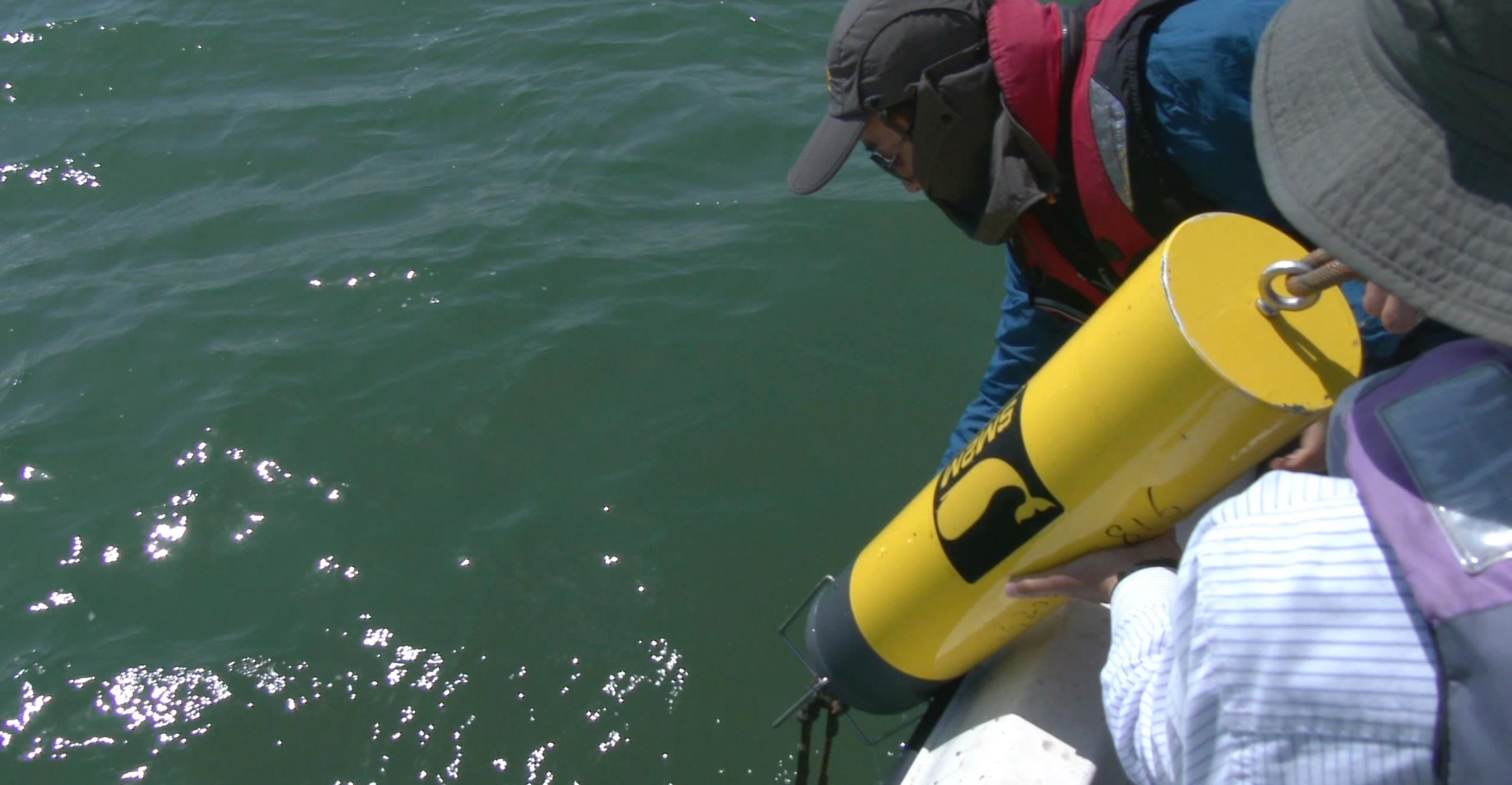
CGTN Photo
CGTN Photo
During the construction, reclamation work to convert coastal areas into land were of utmost concern, amid fears waters near coastlines were inhabited by the dolphin. Instead of dredging up seabeds and mud, a new reclamation method was introduced. A series of large circular steel cells were sunken into marine mud, creating a firm layer to be backfilled.
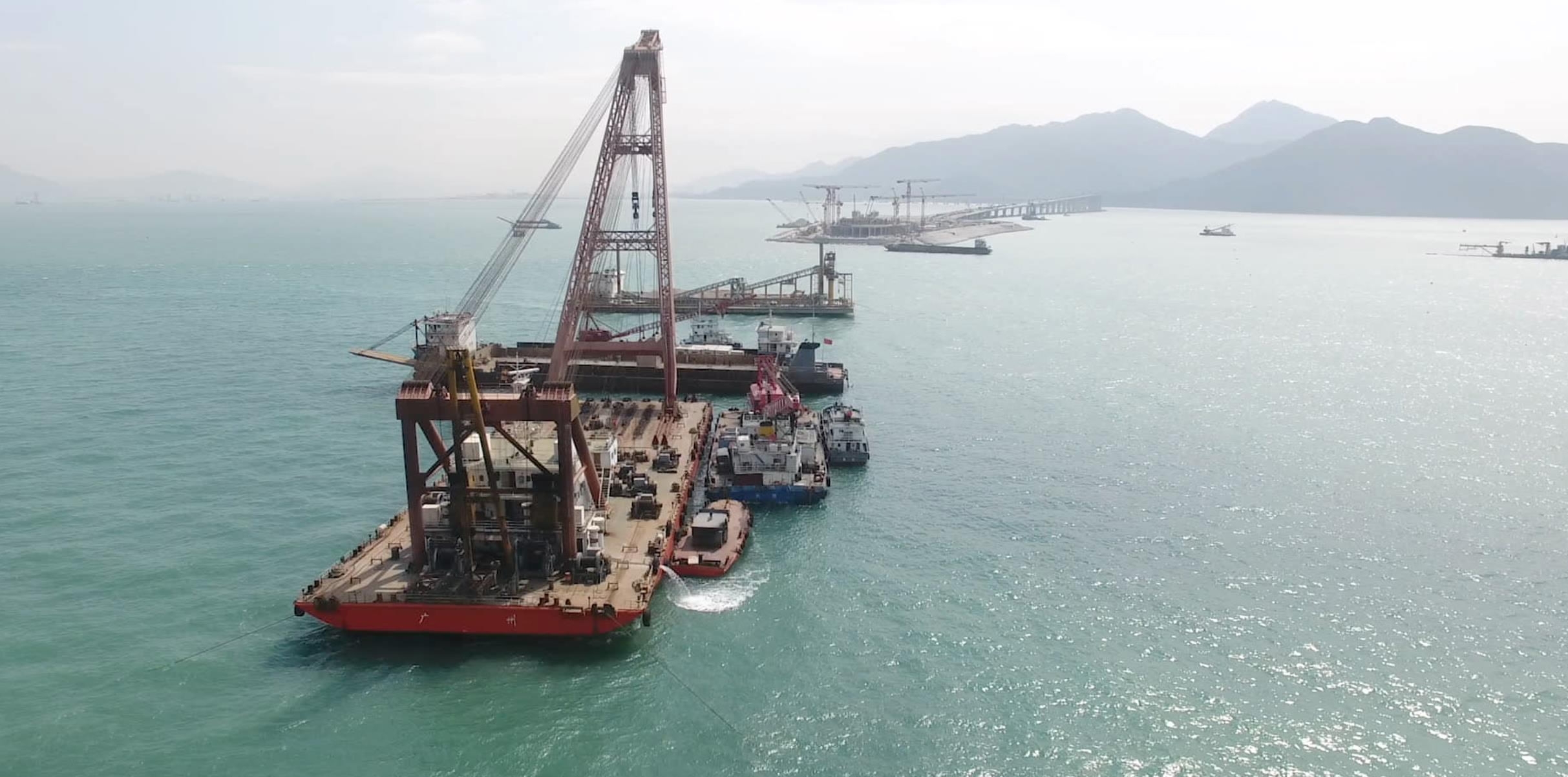
CGTN Photo
CGTN Photo
Looking at the issue of waste disposal, the volume of sewage discharged into the Pearl River Estuary and Hong Kong waters is considerable. Human sewage can transmit pathogenic bacteria, fungi and viruses to vulnerable marine mammals. Organic compounds and heavy metals can be another potential long-term threat to the Chinese white dolphin.
Besides the Pearl River Estuary, a large number of vessels pass through Hong Kong waters every day, as it is one of the busiest ports in the world. As Hong Kong waters are an important dolphin habitat, the risk of a direct collision is high. Another area of concern is vessel traffic, as it generates noise that can interfere with communication and echolocation of the dolphin.
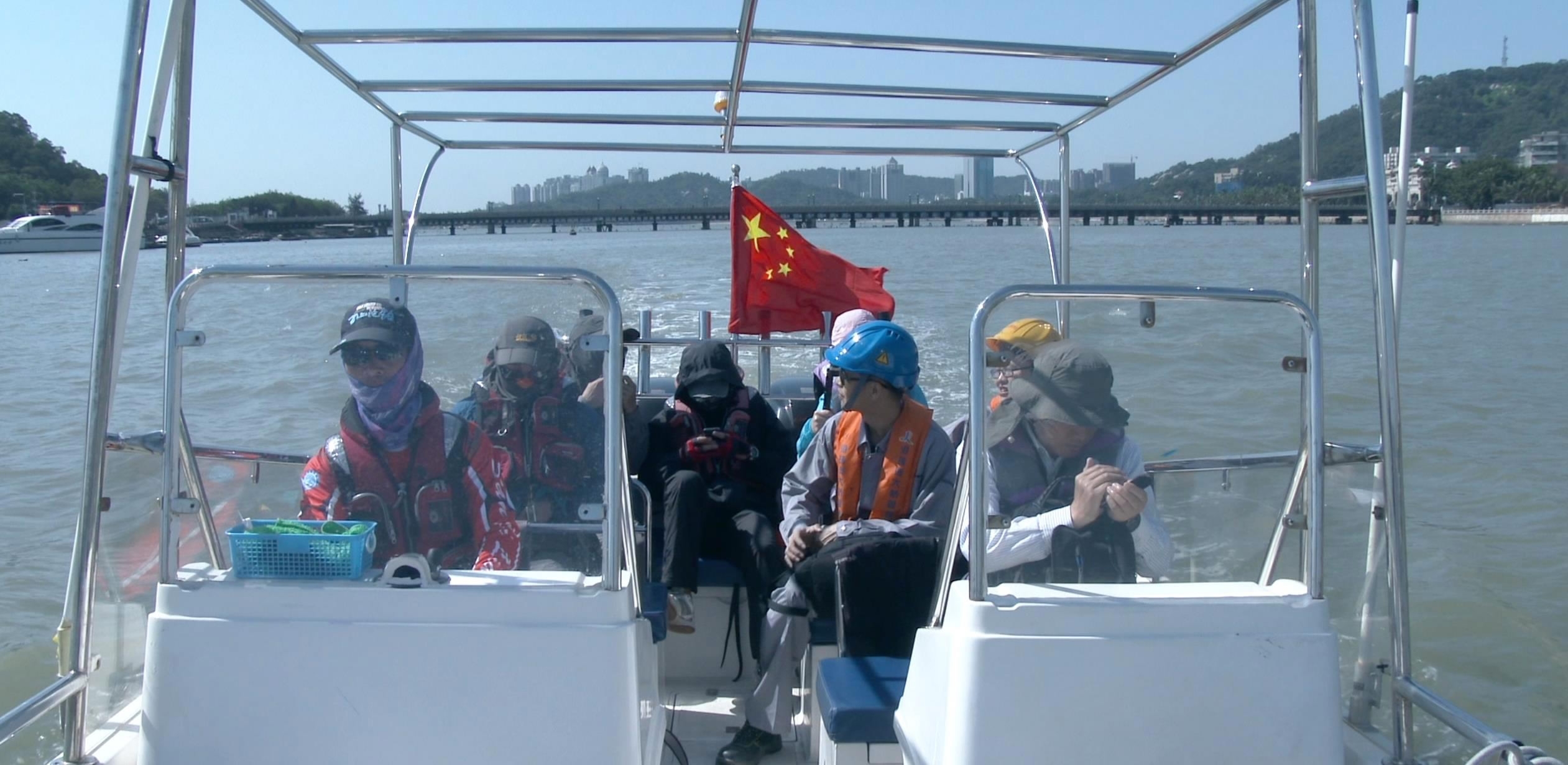
CGTN Photo
CGTN Photo
To alleviate these worries, the bridge’s several spans are designed so that existing shipping routes are not compromised. The engineers also broke new ground by designing an ocean tunnel, 6.7 kilometers in length. At its lowest, the tunnel will pass 40 meters below the surface. This is deep enough for ships weighing up to 300,000 tons to pass over.
The white dolphin conservation project is monitoring the entire habitat, keeping an eye on the HZMB’s progress, to make sure that the measures to protect the area are implemented. On a daily basis, they monitor the impact each step of the project has on the dolphins. If the monitoring results are of concern, all relevant parties of the construction would be notified, and an immediate investigation carried out.
With every new achievement, China's engineers have gained in confidence, and the pioneering work done by the environmental protection team will provide a model for future infrastructure projects in China – and beyond.

SITEMAP
Copyright © 2018 CGTN. Beijing ICP prepared NO.16065310-3
Copyright © 2018 CGTN. Beijing ICP prepared NO.16065310-3